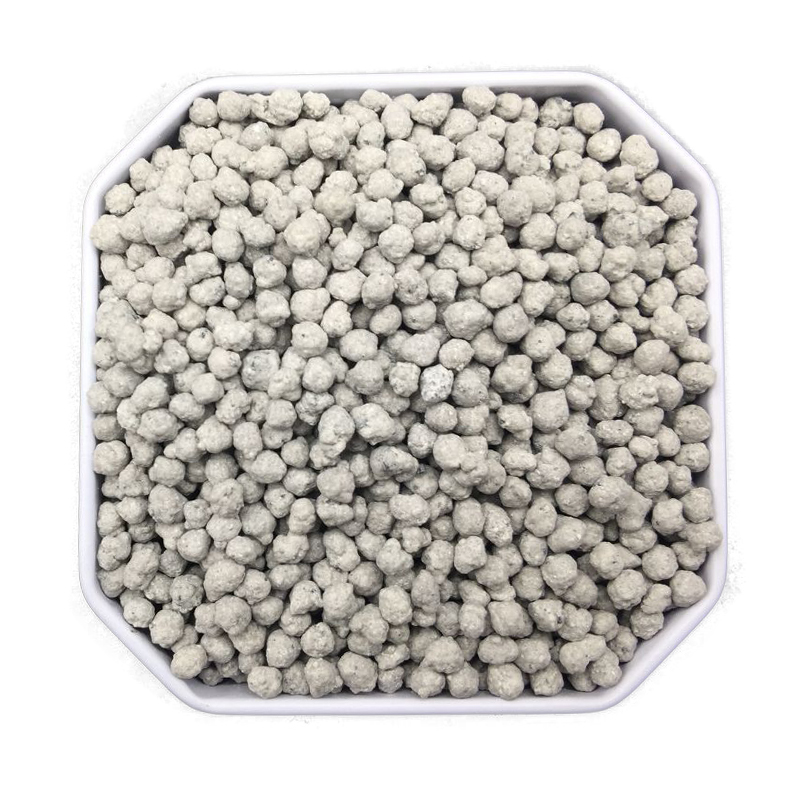
Sep . 30, 2025 10:35 Back to list
10 10 10 Fertilizer Organic—Balanced, Fast, Eco-Friendly?
Balancing N‑P‑K in the real world: “Organic” 10‑10‑10 vs. high‑P MAP 11‑44‑0
If you’ve ever hunted for 10 10 10 fertilizer organic and ended up comparing it with MAP 11‑44‑0, you’re not alone. Garden centers hear this every spring. Equal N‑P‑K is tidy on paper; field needs, however, aren’t always so symmetrical. For phosphorus‑hungry stages—rooting, early fruit set—Mono Ammonium Phosphate (MAP) can be the precise tool.

Industry snapshot
Trend-wise, growers are mixing programs: a base organic matter approach (composts, manures) plus targeted mineral inputs where soil tests show deficits. Honestly, that’s what delivers yield and quality. Balanced blends like 10 10 10 fertilizer organic are convenient, but high-P options such as MAP 11‑44‑0 step in when tissue tests flag phosphorus as the bottleneck.
What MAP 11‑44‑0 is (and isn’t)
Product: Mono ammonium phosphate MAP fertilizer 11‑44‑0 Granular. It’s a water‑soluble, rapidly available compound fertilizer (total available nutrients ≈55–60%). Ratio is about 44 P₂O₅ : 11 N, which—frankly—makes it a go-to for top dressing and as a building block in BB and NPK blends. It’s widely used on rice, wheat, corn, sorghum, cotton, fruits, and vegetables, and across red, yellow, brown, fluvo‑aquic, black, cinnamon, purple, and albic soils. Note: MAP is conventional (not OMRI), while truly “organic” 10‑10‑10 options are rare and usually derived from multiple slow-release organic sources.

Process flow and quality controls
- Materials: Food‑grade phosphoric acid + anhydrous/solution ammonia → monoammonium phosphate slurry.
- Methods: Controlled neutralization (pH targeting), granulation, drying, screening, anti‑caking, bagging.
- Testing standards: AOAC methods for N and P₂O₅, ISO/IEC 17025 accredited lab protocols, heavy metals screening per local regs; label conformity per AAPFCO/GB standards.
- Service life: Storage shelf life ≈ 24 months sealed; in‑soil nutrient availability typically 2–6 weeks (real‑world use may vary).
- Industries: Field crops, horticulture, fertigation (when fully dissolved), and BB/NPK manufacturing.
Technical product specs (MAP 11‑44‑0 Granular)
| Total Nitrogen (N) | ≈11% |
| Available Phosphate (P₂O₅) | ≈44% (fully water‑soluble) |
| Moisture | ≤2% (typ.) |
| Granule size | 2–4 mm (screened) |
| Solubility | High; suitable for fertigation after dissolution |
| Origin | A‑713, Zhengyang City Square, Chang’an District, Shijiazhuang, Hebei, China |
Vendor comparison (indicative)
| Vendor / Product | Formula | Organic status | Certs / Notes |
|---|---|---|---|
| HH Fertilizer MAP 11‑44‑0 | 11‑44‑0 | Conventional (not OMRI) | ISO lab testing; BB/NPK compatible |
| Typical “organic” 10‑10‑10 blend | 10‑10‑10 | Varies; fully OMRI‑listed at 10‑10‑10 is uncommon | Often slower release; check OMRI/USDA status |
| Co‑op custom BB | Custom | Usually conventional | Tailored to soil test; availability ≈ good |
Application scenarios and real feedback
- Row crops: Pre‑plant banding or early top dressing when P is low; growers report cleaner emergence vs. only 10 10 10 fertilizer organic in cold soils.
- Orchards & vines: Split MAP applications at bud‑break and fruit set for root vigor and bloom support.
- Vegetables: Drip fertigation—MAP dissolves well; watch EC and pH.
- Customer notes: “Faster early rooting” and “more uniform stands,” though some prefer organics for soil biology and longer tailing release—fair point.

Testing, compliance, and customization
Labs typically follow AOAC for nutrient assays under ISO/IEC 17025. Labels align with AAPFCO definitions; export batches can be tested per buyer spec (solubility, sieve profile, heavy metals). Customization: MAP can be used as a high‑P base in BB/NPK—e.g., tailoring 12‑24‑12 or 15‑15‑15 where a strict 10 10 10 fertilizer organic isn’t available or economical.
Bottom line: If you need equal parts N‑P‑K and organic credentials, vet the source and certifications closely. If your soil test screams “phosphorus,” a clean 11‑44‑0 like MAP is a targeted, efficient fix—then balance N and K around it. To be honest, that hybrid approach is what many pros quietly do.
Authoritative citations
- FAO. Fertilizers and their Use: A pocket guide for extension officers.
- AAPFCO. Official Publication: Terms & definitions for fertilizer labeling.
- AOAC International. Official Methods for fertilizer nutrient analysis.
- OMRI. Generic Materials List (ammonium phosphates status for organic production).
-
Sustainable Growth with Organic Phosphate Fertilizer | Benefits & Innovations
NewsNov.24,2025
-
Organic Phosphorus and Potassium Fertilizer: Sustainable Soil Nutrition & Global Impact
NewsNov.24,2025
-
Organic Phosphorus Fertilizer: Sustainable Nutrient Solutions for Modern Agriculture
NewsNov.23,2025
-
Sustainable Growth with Organic Phosphorus Plant Fertilizer | HH Fertilizer
NewsNov.23,2025
-
Organic Plant Meal Fertilizer for Sustainable Agriculture – Benefits & Innovations
NewsNov.22,2025
-
Organic Plant Root Fertilizer – Sustainable Solutions for Healthy Soils & Stronger Plants
NewsNov.22,2025
